8CALCIUM
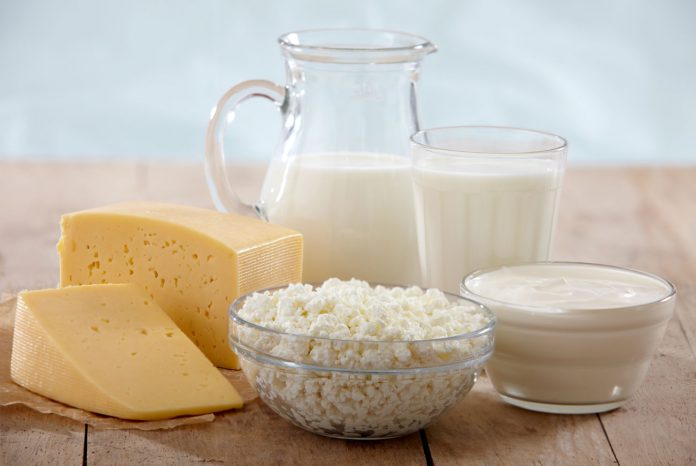
Advertisements
ROLE
Calcium is essential for bones and teeth and to help our muscles contract, including the heart. Lactose, the sugar found in milk (a rich source), aids its absorption.
Although spinach is also a good source of calcium, it contains oxalic acid, which makes it harder to process, so you shouldn’t rely on spinach for your daily dose. If you eat three portions a day of dairy, you should get enough calcium, but a wide variety from the list below is better.
SOURCES
Dairy produce, whitebait, sardines and canned fish (if you eat the bones), green leafy vegetables, okra, soy products, almond milk, nuts, seeds, tahini, dried fruits such as apricots, and fortified bread.
7IRON

ROLE
Iron is important for growth and development and crucial in the formation of healthy blood cells, which carry oxygen around the body and, therefore, helps us to feet healthy and energetic.
Iron from animal products is easier to absorb than that from plants but if you have plenty of foods rich in vitamin C (like orange juice with your breakfast cereal), it helps enormously.
SOURCES
Liver, lean red meat, shellfish and canned fish, egg yolks, fortified breakfast cereals, dried fruit such as prunes, apricots, and figs, nuts, seeds, dark leafy greens and seaweed, baked beans and other pulses, and oat and wheat bran.
6MAGNESIUM

ROLE
Magnesium helps the body process fats and proteins and build strong healthy bones and teeth. Along with calcium, sodium, and potassium, it also facilitates muscle contraction and the transmission of nerve signals, and helps to control the level of calcium in the blood. It can also be a useful aid to relaxation and sleep.
SOURCES
Cabbage (best raw), okra, globe artichokes, sweet potato, wholegrains, meat, game birds and poultry, haggis, dried fruits, especially figs, sunflower and sesame seeds, and nuts, such as Brazils, cashews, almonds, and peanuts.
5PHOSPHORUS
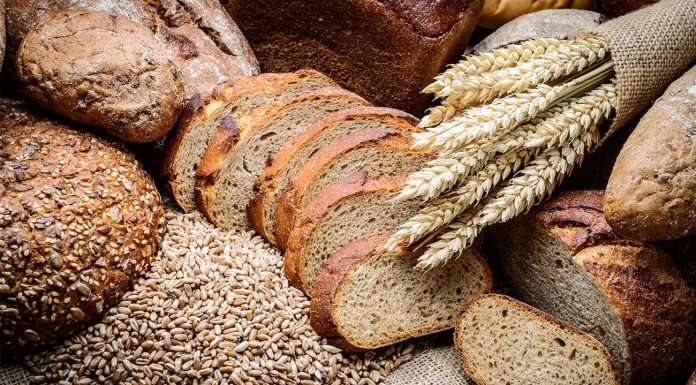
ROLE
Vital for healthy bones and teeth, phosphorus also helps store energy needed by body cells. It is essential for the manufacture of DNA, too. As it is found in all animal and plant proteins, provided you have your daily two or three portions, and include plenty of calcium-rich foods, you will get enough. The body needs Vitamin D to process phosphorus.
SOURCES
Wholegrains, dairy produce, red meat, poultry; seafood, pulses, soy products, Quorn, nuts, and seeds.
4SELENIUM
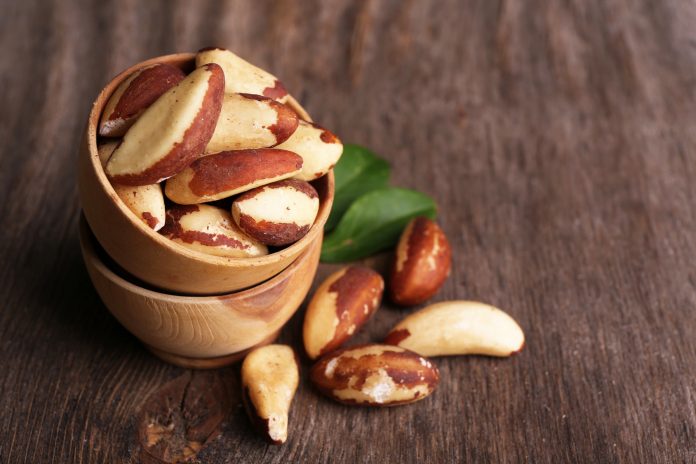
ROLE
Advertisements
Selenium works alongside other antioxidants, such as vitamin E and is essential for normal function of the immune system and thyroid gland. It is thought to help protect against cancer, enhance male fertility, and regulate asthma,
SOURCES
Brazil nuts, liver, shellfish, caviar, fish (especially canned tuna), mushrooms, garlic, egg yolk, sesame and sunflower seeds, wheat germ, and wheat, oat, and rice bran.
3POTASSIUM
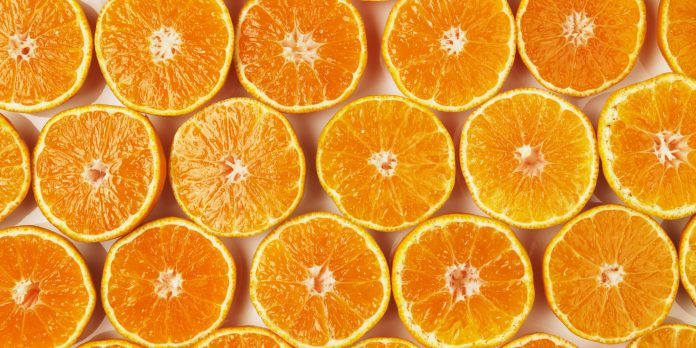
ROLE
Potassium works in conjunction with sodium and chloride to regulate the amount of water and acid / alkali balance in the body. It also helps the nerves and muscles to function properly, lowers and controls high blood pressure, keeps the heart healthy, and eases fatigue, irritability, and confusion.
Elderly people are more at risk of too much potassium in their body, as their kidneys are less able to excrete excess.
SOURCES
Many fruit and vegetables but especially bananas, oranges, tomatoes, chard, spinach, mushrooms, fennel (best raw), beetroot, and potatoes, as welt as pulses, soy products, bran and bran breakfast cereals, meat, poultry game, and fish.
2ZINC

ROLE
Although needed in minuscule amounts, zinc is still essential in normal cell division, growth, and repair, for the immune system, too, and for the development of the reproductive organs and hormones – oysters are a great source of zinc, hence their reputation for being an aphrodisiac.
Zinc also helps regulate moods and appetite, including the sense of taste and smell, and assists in the breakdown of carbs, proteins, and fats.
SOURCES
Fish and shellfish, lean red meat, poultry, wholegrains, wheat germ, nuts (especially Brazils), seeds, haricot and soy beans, eggs, and dairy produce.
1SODIUM CHLORIDE
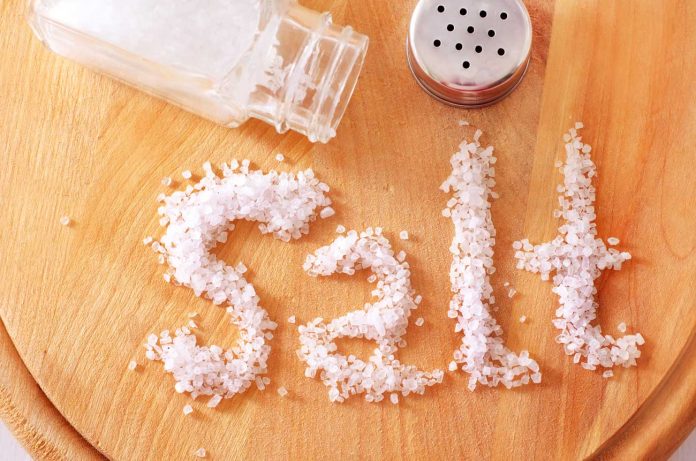
Advertisements
ROLE
Sodium chloride is salt, and is naturally present in most foods. Both elements (sodium and chloride) are crucial in controlling the amount of water in the body and its acid/alkali balance. Salt also helps muscular contraction.
Most people eat too much, which can cause higher blood pressure, heart disease, and strokes. Processed food often has a lot of salt, although manufacturers are now reducing their levels.
Check labels: if you see sodium levels in grams, multiply this by 2.5 to get the salt content.
SOURCES
All foods, particularly high in shellfish and processed foods, and table salt.


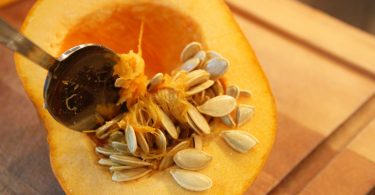

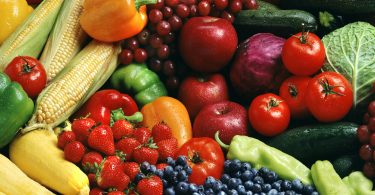
Comments